Art and the Market

Art and the Market

Roger Fry on Commerce in Art
Selected Writings, Edited and with an Interpretation
Craufurd D. Goodwin
Foreword by Asa Briggs
Ann Arbor
T HE U NIVERSITY OF M ICHIGAN P RESS
Copyright by the University of Michigan 1998
All rights reserved
Published in the United States of America by
The University of Michigan Press
 Printed on acid-free paper
Printed on acid-free paper
2001 2000 1999 4 3 2
No part of this publication may be reproduced, stored in a retrieval system, or transmitted in any form or by any means, electronic, mechanical, or otherwise, without the written permission of the publisher.
A CIP catalog record for this book is available from the British Library.
Library of Congress Cataloging-in-Publication Data
Fry, Roger Eliot, 18661934.
Art and the market : Roger Fry on commerce in art / selected writings, edited and with an interpretation by Craufurd D. Goodwin
p. cm.
Includes bibliographical references and index.
ISBN 0-472-10902-2 (cloth : alk. paper)
1. ArtMarketing. 2. Fry, Roger Eliot, 18661934. I. Goodwin, Craufurd D. W. II. Title.
N8600 .F78 1999 |
701'.03ddc21 | 98-36476 |
CIP |
Frontispiece: Roger Fry by Duncan Grant, chalk c. 1915. Estate of Duncan Grant.
(Courtesy of Henrietta Garnett.)
ISBN13 978-0-472-10902-9 (cloth)
ISBN13 978-0-472-02342-4 (electronic)

To analyse, to explain, to theorise had for him an irresistible fascination.
Virginia Woolf, Roger Fry: A Biography
[His] mind was invincibly experimental and
ready for any adventure, however far it might lead
him beyond the boundaries of academic tradition ..
the impulse to theorize, to expound ideas, was
rooted in his mind.
Kenneth Clark, introduction to Last Lectures by Roger Fry
Roger Fry was what Bacon calls
a full man... a man of science by training
and to some extent by temper.
Clive Bell, Old Friends
Contents

Foreword

No account of the Bloomsbury Group would be complete without a special study of Roger Fry; Virginia Woolf even wrote a biography of him. Yet Fry left an impact on art appreciation and on aesthetic theory felt far outside the Bloomsbury circle. He became a national authority on art, a description that he would not have particularly liked. Indeed, Kenneth Clark, who wrote an article about him in the Dictionary of National Biography, described him as the true heir of John Ruskin and William Morris.
Craufurd D. Goodwin puts such judgments in proper historical perspective, noting what Fry felt about his predecessors as well as his contemporaries. He also clearly brings out the implications of Fry having read natural sciences at Cambridge, where he got a first in both parts of the Tripos. Fry looked for analogies between arts and sciences, believed in experiment, and searched after explanatory theory. Therefore, he can be considered at different levels, beginning with journalism, where he excelled for pithy and witty immediate comment, and ending with his lifelong involvement in answering big questions in a very different manner from Ruskin. Fry had little to say about Morristhey had different attitudes to societyalthough he was like Morris in making as well as writing: painting, pottery, the Omega Workshops. There was a golden period from 1910 to 1916, beginning with the Grafton Galleries Post-Impressionist Exhibition of 1910 and including the Omega project in Fitzroy Square that began in 1913.
By focusing on Fry and the market, Craufurd Goodwin explores territory that may be unfamiliar to many readers of Fry but that Fry himself knew intimately. Economics was an essential element in his interdisciplinary pattern just as it was, in different versions, for Ruskin and Morris. The essays that Fry wrote on the subjectand the many relevant passages in his booksare here assembled in an accessible form with exactly the right introduction to their content and context. It is necessary for Craufurd Goodwin in interpreting them to go back before 1910, for it was a disagreement with John Pierpont Morgan, with whom Fry had worked closely, that brought him back from New Yorks Metropolitan Museum of Art in that year. Throughout, the chronology matters, but there are also unities in the themes. I like the fact (and Fry puts facts in their place) that in 1918 Fry designed the sets for the Arnold Bennett play Too Much Money.
Frys relations with academe (and with museums) were more complex than the chronology, although he was at home in Kings College, Cambridge, where he was an Apostle and became an Honorary Fellow in 1927. There is particular interest in this book in those sections that deal with Frys relationship with the great Kings man, John Maynard Keynes. Both belonged to Bloomsbury, yet Keyness influence, like Frys but on a greater scale, stretched far beyond both Bloomsbury and Cambridge.
I associate them both, Fry and Keynes, with Sussex, which was always on their map, as it was on the map of Clive Bell, Duncan Grant, and Virginia and Leonard Woolf. There was no university there when they first lived around the old town of Lewes, but when I moved there in 1960 I was able to talk to Clive Bell, and in my years as Professor of History and Vice-Chancellor of a new universitydevoted especially to interdisciplinary studies including one of Frys favorite subjects, psychologywe gave honorary degrees to Duncan Grant and to Leonard Woolf. We also attracted to the university Quentin Bell as first Professor of the History of Art. He knew more about the detail in Craufurd Goodwins story than any other person in the world.
In a memorable poster exhibition now on display in the Victoria and Albert Museum there is a Duncan Grant poster advertising the second Post-Impressionist Exhibition of 1912. The passage in Craufurd Goodwins book that is most topical relates to the poster: Human nature being what it is, posters will very rarely be works of art. But there is a chance here and there that a work of art might pass muster both with the employer and the public. This chance is increased by the fact that in its present stage poster technique is in a condition of steady and continual growth. These lines were written in 1926 in a lecture on Art and Commerce delivered in Oxford on the occasion of another poster exhibition.
I like to picture Fry lecturing as I do Ruskin (I would by no means always have agreed with either of them). And that is how Sickert recalled him in the most famous Fry caricature.
Asa Briggs
July 1998
Preface




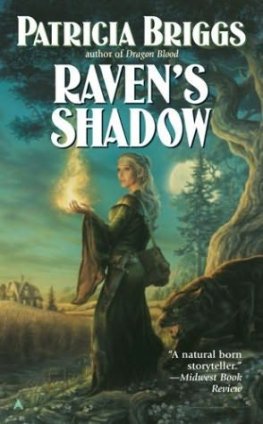
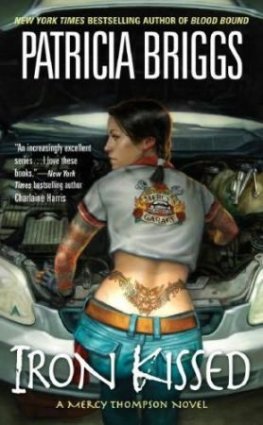
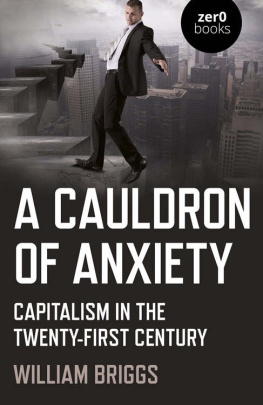
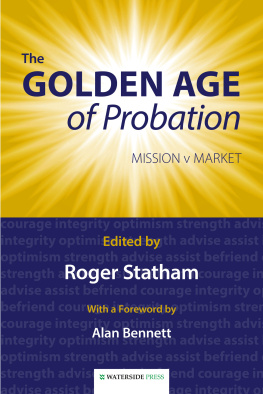
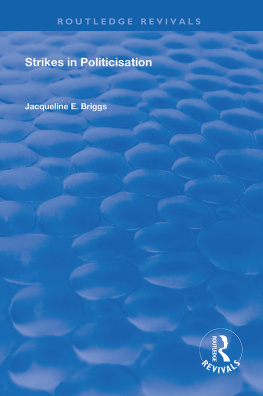

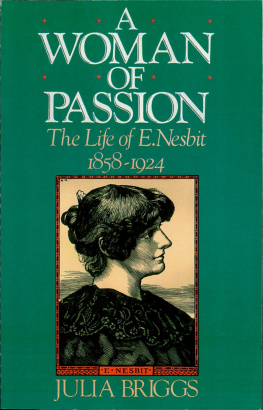

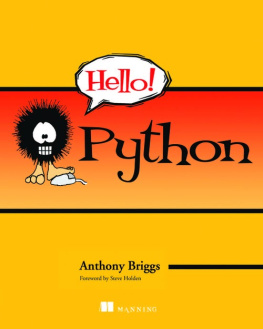
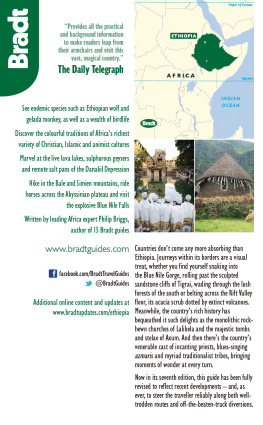
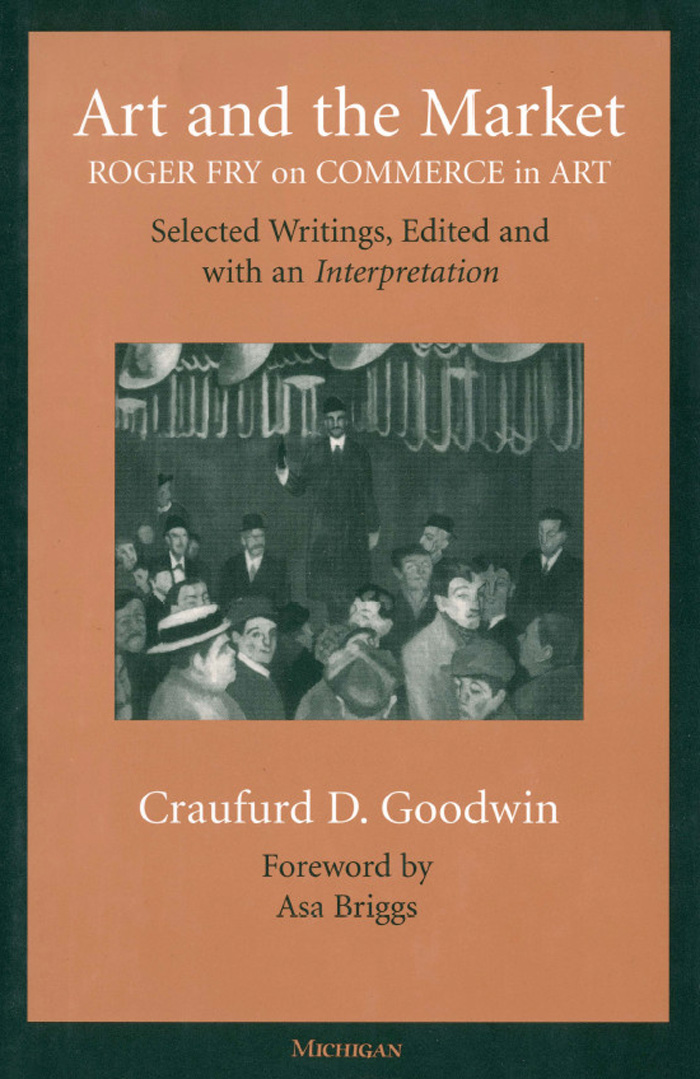


 Printed on acid-free paper
Printed on acid-free paper